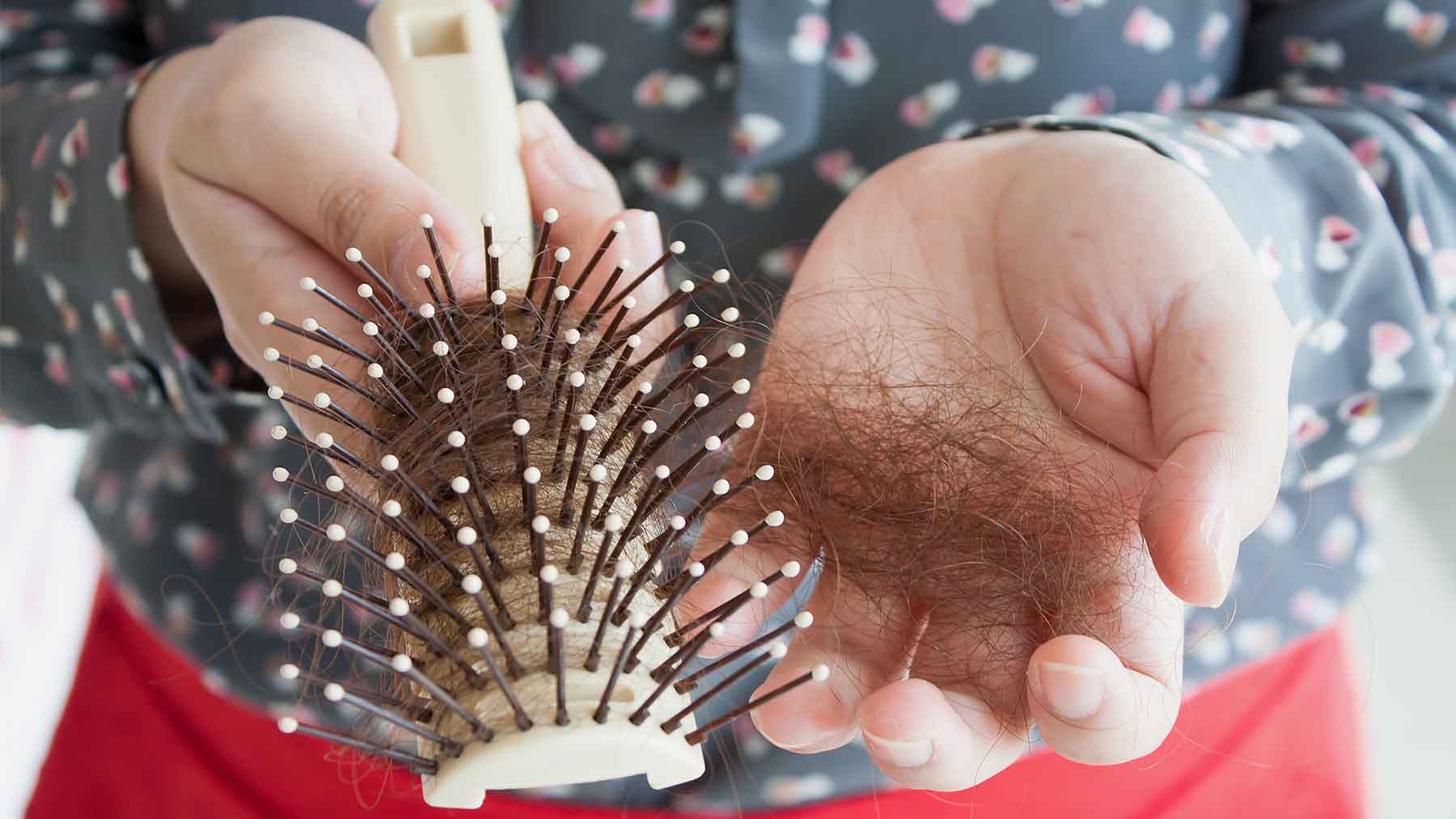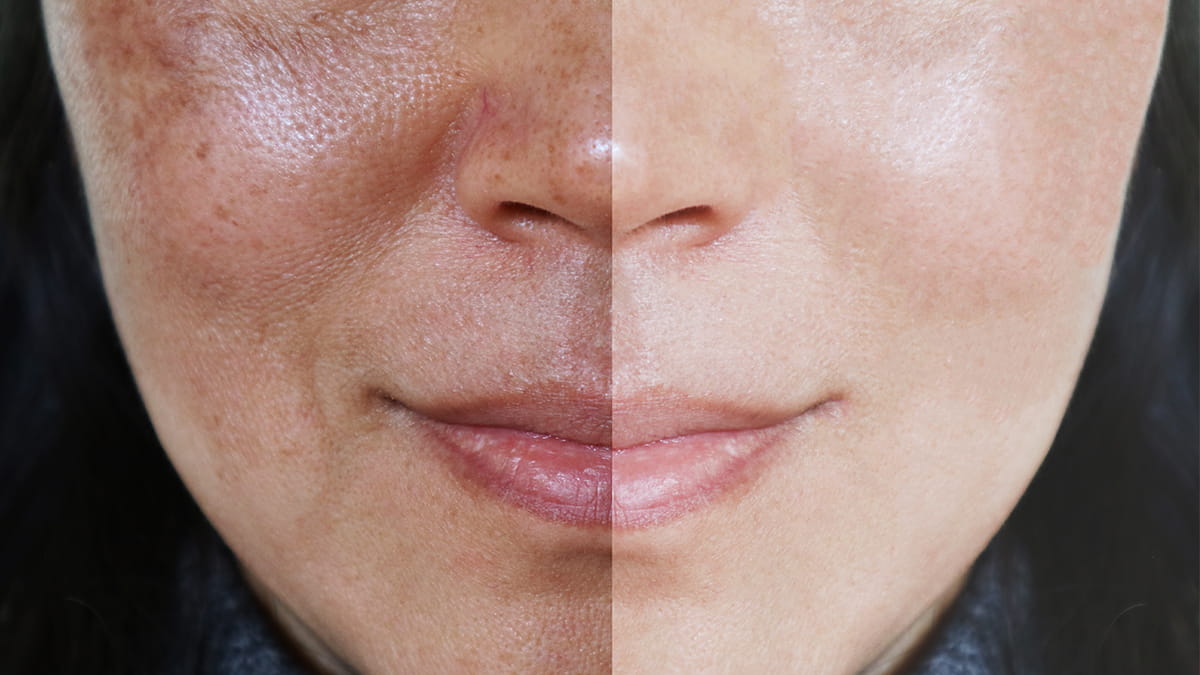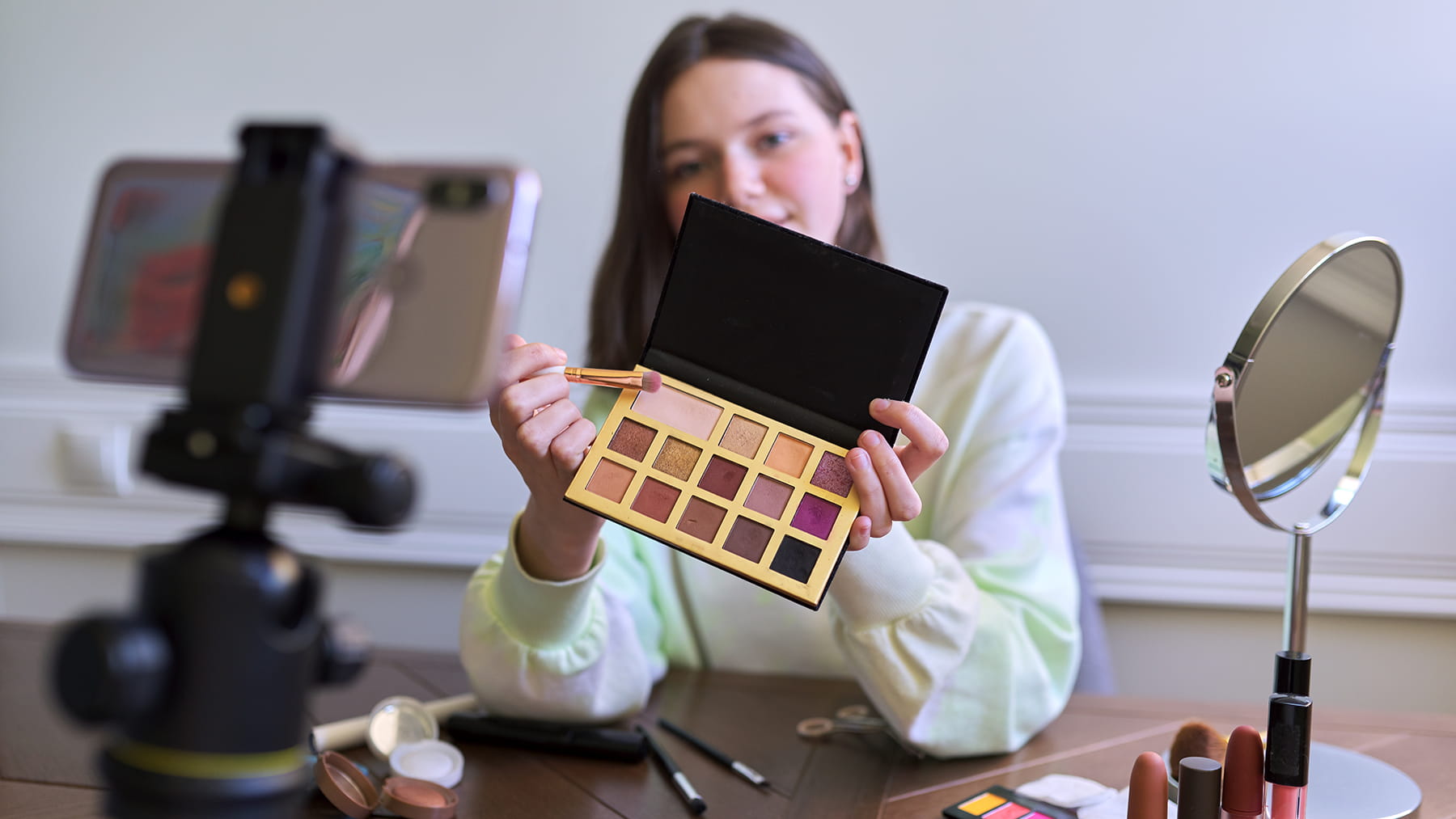What’s alopecia and what can you do about it?

Hair loss can be stressful and alienating. Knowing the different types and causes of hair loss can help to clarify the unknown and make a stressful situation a little more manageable.
What is alopecia?
Alopecia is a general term for hair loss and represents many different types of hair loss conditions. Generally we categorize alopecia as non-scarring, which may be reversible/temporary, and scarring, which is irreversible, although the cause can be addressed to stop further hair loss.
How common is alopecia?
It’s more common than you might expect. Pattern hair loss, which affects both men and woman, occurs in about 50% of men and 40% of women by age 50.
What are the symptoms?
The most notable symptom of alopecia is hair loss. This comes in multiple forms, such as increased hair shedding (more hair in drain or comb), thinning of hair, hair not growing and bald patches. Other symptoms include scalp bumps or scalp rashes, itching, burning or pain.
What causes alopecia?
There’s a vast variety of causes for alopecia. Pattern hair loss is influenced by genetics and hormones, alopecia areata is an autoimmune condition and telogen effluvium is caused by severe stress (emotional, medical problem or surgery, pregnancy, etc.) and, occasionally, medications. Traction alopecia and central centrifugal cicatricial alopecia are caused, at least in part, by styling practices. There are also several other types of alopecia with distinct causes.
Can alopecia be cured? What treatment options are available?
Some types of alopecia can’t be cured. However, most kinds can be controlled with medical treatments to prevent worsening and, sometimes, hair can be regrown. Treatment success also varies vastly depending on the cause. Telogen effluvium, which is diffuse hair shedding due to a stressor, usually recovers spontaneously over 6-12 months even without treatment. Over-the-counter topical medications like minoxidil are an option for clear-cut male pattern hair loss, as well as other types of alopecia, but are best used after a diagnosis is confirmed by your dermatologist. Depending on the cause and type of hair loss, your dermatologist could prescribe topical or oral anti-inflammatory medications, oral medications to block hormones from causing hair thinning in pattern hair loss, steroid injections, PRP (platelet rich plasma) injections to stimulate hair growth, laser treatments or hair transplant.
When should you see a dermatologist?
See a dermatologist if you notice significant hair thinning, bald patches, rashes or scalp symptoms (pain, itching and burning.) Dermatologists can help you with a diagnosis, prognosis and treatment plan.
Alisha Plotner is a dermatologist at The Ohio State University Wexner Medical Center.




